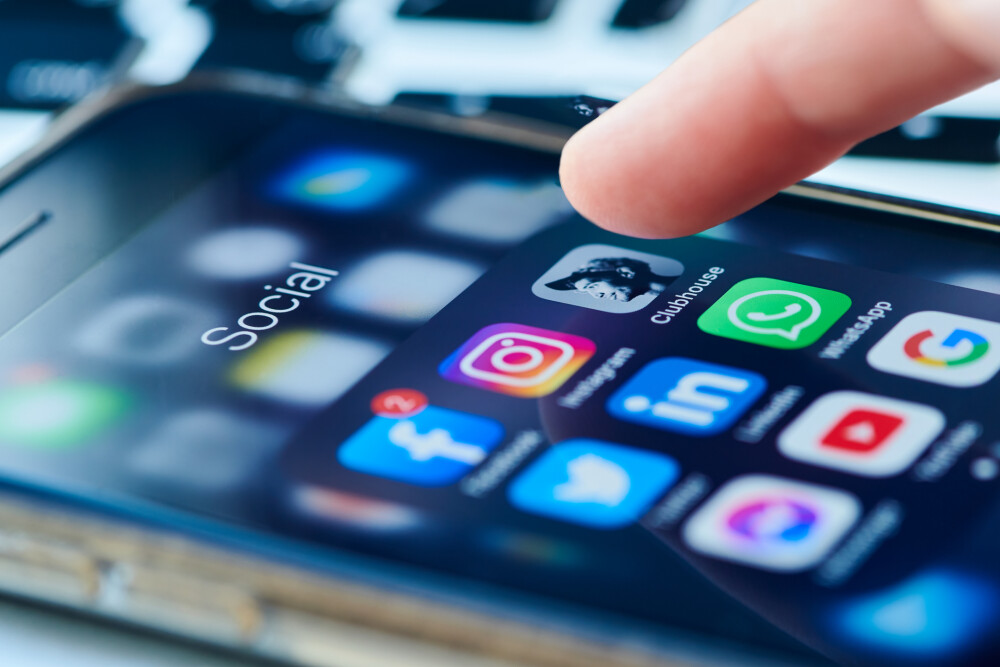June 20, 2022
Social media platforms, such as Facebook, Twitter, YouTube, and TikTok, play a vital role in the dissemination of information, as well as in the discourse of opinions among Filipinos. According to We are Social’s 2021 Digital Report, the Philippines, known as the “social media capital of the world”, ranked as the country with the highest social media daily usage, with an average of 4 hours and 15 minutes a day. In the same report, data revealed that about 80.7% of the Philippine population, or around 89 million out of 110.3 million Filipinos, are active social media users. The prevalence of social media as a means of communication and channel of information brought with it the Filipinos’ reliance on these platforms for sources of daily news. Around 72% of Filipinos get news from social media sites, with Facebook as the number one news source (see We are Social’s Digital Report 2021). A problem, however, arises when news pieces obtained from these platforms are unverified, false, or misleading. Over the years, social media developers have received multiple criticisms on the circulation of fake news on their platforms. Based on the Community Standards or Guidelines of social media developers, the most that these platforms can do to combat fake news is to substantially limit the reach of the post, temporarily or permanently suspend the account, or take down the post, if necessary. Beyond these platforms, however, there is a lack of accountability on the part of the user who posted the false information online. Consequently, peddlers of fake news are not afraid to create fake accounts and post false or misleading information... 


 Angara Abello Concepcion Regala & Cruz Law Offices (ACCRALAW) 2020
Angara Abello Concepcion Regala & Cruz Law Offices (ACCRALAW) 2020






